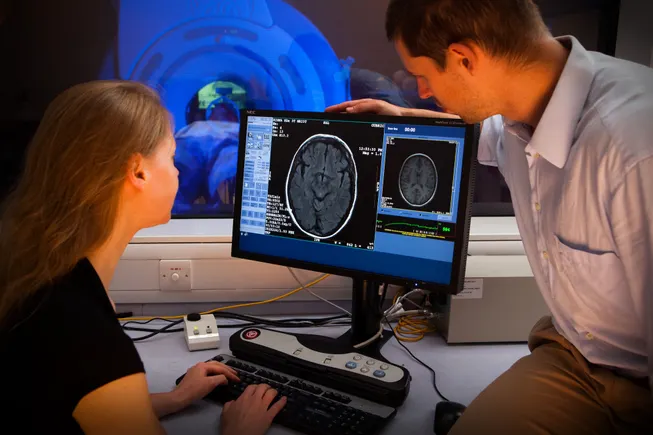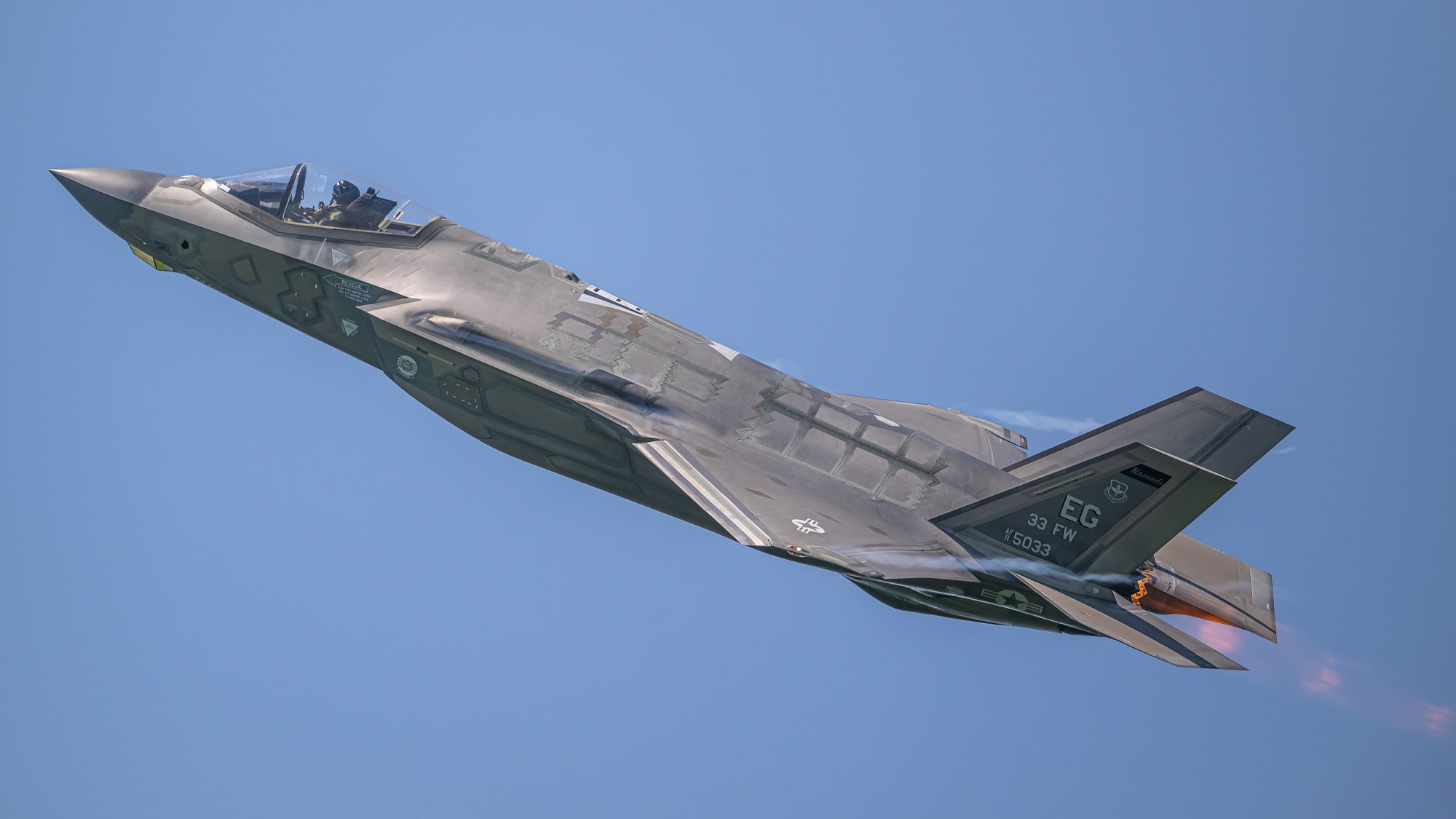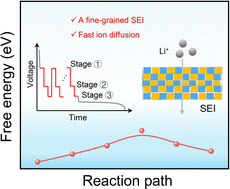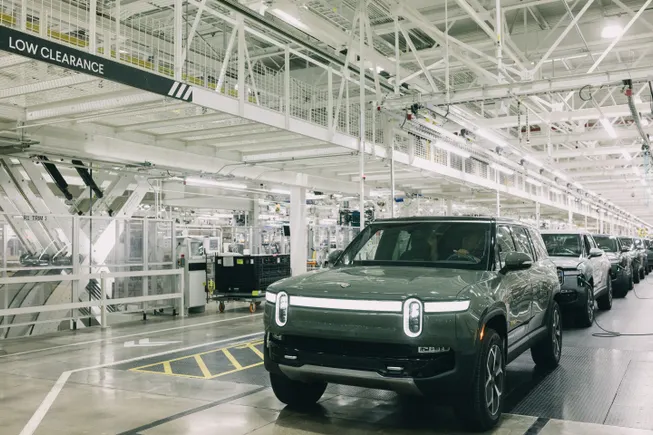Sheet Metal Manufacturing’s Future: Automation, Vision Systems, and the New Workforce Reality
Manufacturers who embrace new technologies, prepare their workforce for evolving roles, and use data for continuous operational improvement, will lead the industry in the coming years. The post Sheet Metal Manufacturing’s Future: Automation, Vision Systems, and the New Workforce Reality appeared first on Fabricating & Metalworking.


Over the next two to three years, the sheet metal manufacturing industry is poised to undergo a rapid and necessary transformation. With persistent labor shortages, rising operational costs, and growing demand for high-mix, low-volume production, manufacturers are increasingly turning to automation to bridge the gap. Among the most promising advancements are laser cutting technologies enhanced with vision systems for part identification and sorting, which could redefine productivity, quality and profitability in the sector.
Labor Pressures are Forcing a Technological Shift
The challenges posed by the labor situation in manufacturing are not new but are growing more acute. A 2024 report by the National Association of Manufacturers (NAM) estimated that more than half of the 3.8 million manufacturing jobs needed in the U.S. could go unfilled by 2033 if these workforce issues are not resolved. In sheet metal fabrication, the problem is even more pronounced. Fabrication work is often skilled, repetitive and physically demanding, and these characteristics can make it difficult to attract and retain younger workers.
The growing skills gap is driving manufacturers to rethink traditional processes. It’s no longer sustainable to rely on manual part handling, sorting and inspection. To remain competitive, companies must improve throughput and reduce dependency on human labor, without sacrificing quality or flexibility. That’s where the new wave of automated laser cutting with integrated vision systems comes in.
Laser Cutting: Smarter, Faster, More Autonomous
Laser cutting technology has already transformed sheet metal fabrication during the last decade. Fiber lasers, in particular, have significantly reduced cut times, increased energy efficiency, and expanded the range of materials that can be processed. The next evolution in this process is not just faster lasers, but smarter systems.
Smarter approaches to laser cutting integrate vision technology to reduce necessary labor while increasing throughput and flexibility. By integrating cameras, software and data analysis, vision-enhanced laser cutting systems create the ability to minimize downstream operations and improve production performance based on real-time, as well as predicted, metrics.
Key Benefits of Vision-enhanced Laser Cutting
- Drastically Reduced Labor Costs: Manual part sorting is tedious, error-prone and costly. A vision system could reduce or eliminate the need for this labor-intensive step, allowing workers to be redeployed to higher-value tasks or by reducing the overall headcount necessary.
- Increased Throughput: Automated part sorting minimizes downtime between cutting cycles and ensures that the next stage of production receives a continuous feed of correctly identified parts. This speeds up the entire manufacturing process, allowing for higher daily production rates.
- Enhanced Flexibility: As demand shifts toward more customized and smaller production runs, the systems capable of automatically recognizing and sorting a wide variety of parts will become invaluable. Manufacturers can pivot between jobs more quickly and without requiring complex reprogramming.
- Better Downstream Support: An intelligent vision system will be able to identify a part based on its geometry and correctly sort parts for subsequent operations. Parts heading for bending go to one pile. Parts that need painting go into another pile.
- Data-driven Manufacturing: Vision-enhanced systems generate a wealth of data by tracking production metrics, quality indicators, and machine performance — all in real-time. This data can feed into broader Industry 4.0 initiatives, helping companies to optimize operations through predictive analytics.
Benefits Realized

At a recent EuroBLECH trade show, TRUMPF introduced a laser cutting system with a combination of vision technologies, including SortLine, SortMaster Station and SortMaster Vision. Prior to this development, all automated sorting systems suffered to overcome some sizeable hurdles. You could either have a reliable nest (full of tabbed parts) or a nest that could be sorted via automation (with parts not tabbed). This requirement heavily restricted the types of parts that could be automated on a laser. The other restriction was connected programming. Having to program the picking and sorting of each nest was time consuming and impractical, particularly if you wanted to nest dynamically.
New solutions offer a revolutionary approach. Before now, the best option was to sort parts that fell within a certain range of geometries and thicknesses. Small parts, which could not be relied upon not to tip up, needed to be tabbed and were left in the sheet to be manually sorted later. This solution was especially painful for job shops that designed a program with jobs nested for Customer A and Customer B on the same sheet. If they received another order for the same job from Customer A, but not Customer B, then they would have to design a whole new nest (perhaps not such a big deal) but then also program the sorting (which certainly IS a big deal).
With TRUMPF’s unique solution, manufacturers can enable automated sorting solutions that separate finished parts from scrap, stack similar parts together, and feed downstream operations without bottlenecks. The SortMaster Station is designed specifically to work with TRUMPF’s unique nanojoint technology, which means any part — from small to large — can be tabbed for reliability and then the tabs are broken by the SortMaster Station device itself. Even more impressive is the SortMaster Vision, which uses AI to match the part name to the geometry to identify the current part and then sort it to whatever the next step is, bending or welding, for example. All of this occurs without the need to program — a truly revolutionary feat.
The Strategic Imperative: Adopt or Fall Behind
The next two to three years are shaping up to be a pivotal time for the sheet metal manufacturing industry. Those who invest early in intelligent automation solutions, such as TRUMPF’s SortLine, SortMaster Station and SortMaster Vision, will enjoy a significant competitive edge. Faster turnaround times, higher quality, and lower labor dependency will become distinguishing factors in an increasingly crowded market.
Conversely, companies that cling to traditional labor-intensive methods risk falling behind. In a landscape where margins are thin and customer expectations for lead time and customization are rising, being slower, less flexible, or more expensive simply isn’t viable. Does this solution get us to the point of being able to offer customers an Amazon-like experience? Not completely, but we’ve never been as close to a “click here to order” reality for sheet metal manufacturers as we are now.
Sheet metal manufacturing is on the cusp of a significant transformation, and it’s being driven by a combination of necessity and opportunity. Powered by laser cutting and intelligent vision systems, automation offers a clear path forward, and one that addresses labor shortages, boosts efficiency, and positions manufacturers for the next decade of growth.
The future of the industry belongs to those who can embrace these technologies today, prepare their workforce for new roles, and leverage data to continuously refine their operations. The clock is ticking, and manufacturers who move boldly will set the pace for others in the years to come.
The post Sheet Metal Manufacturing’s Future: Automation, Vision Systems, and the New Workforce Reality appeared first on Fabricating & Metalworking.


















































































![Four big takeaways to wrap up the Paris Air Show [Video]](https://breakingdefense.com/wp-content/uploads/sites/3/2023/06/FCAS-scaled-e1685718848105.jpg?#)
![The sights of Paris Air Show, one last time: Day 4 [Photos]](https://breakingdefense.com/wp-content/uploads/sites/3/2025/06/20250617-helenedelacoste-Paris-Air-Show-037-scaled-e1750357690820.jpg?#)






























































